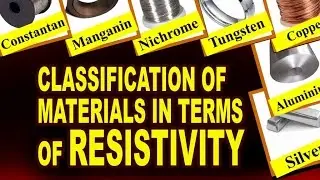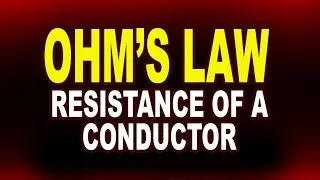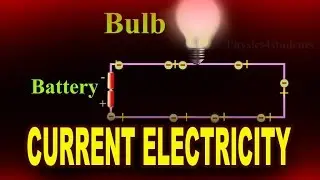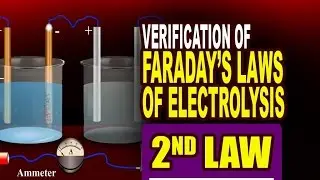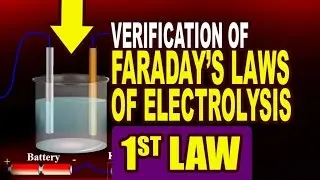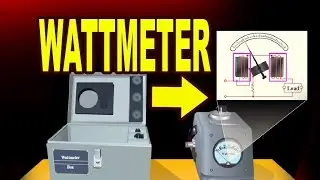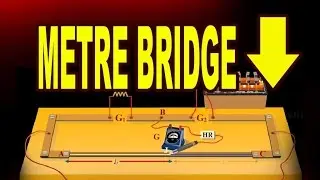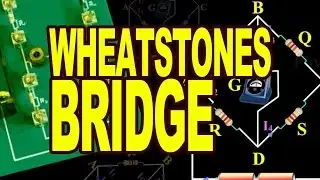DIODE | WORKING OF REVERSE BIASED PN JUNCTION DIODE
When the PN junction is reverse biased, electrons in the N region and holes in the P-region are attracted away from the junction. When the positive terminal of the battery is connected to the N-side and negative terminal to the P-side, so that the applied potential difference is in the same direction as that of barrier potential, the junction is said to be reverse biased.
Because of this, the number of negative ions in the P-region and
positive ions in the N-region increases. Hence the depletion region
becomes wider and the potential barrier is increased.Since the depletion region does not contain majority charge carriers, it acts like an insulator.
Therefore, no current should flow in the external circuit. But, in practice, a very small current of the order of few microamperes flows in the reverse direction. This is due to the minority carriers flowing in the opposite direction. This reverse current is small, because the number of minority carriers in both regions is very small. Since the major source of minority carriers is, thermally broken covalent bonds, the reverse current mainly depends on the junction temperature.
![[FREE] Drake Type Beat -](https://images.videosashka.com/watch/8uxSc9htpIc)
![😍 [v5.5.0] 'New Season, New Dreams' Platinum OBB Patch 🎇 PES 2021 Mobile ✨ Exclusive Legendary Teams](https://images.videosashka.com/watch/c3D434ONCoU)







